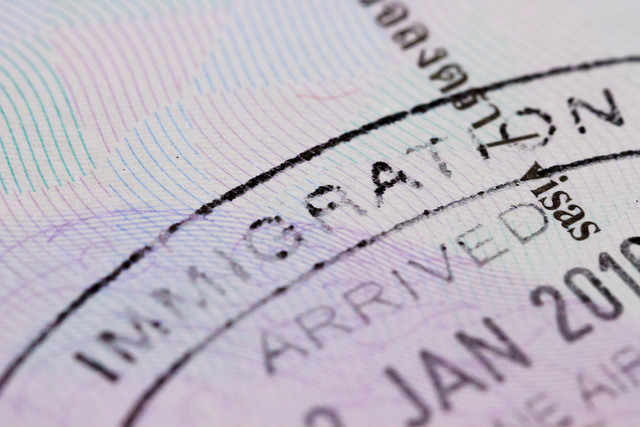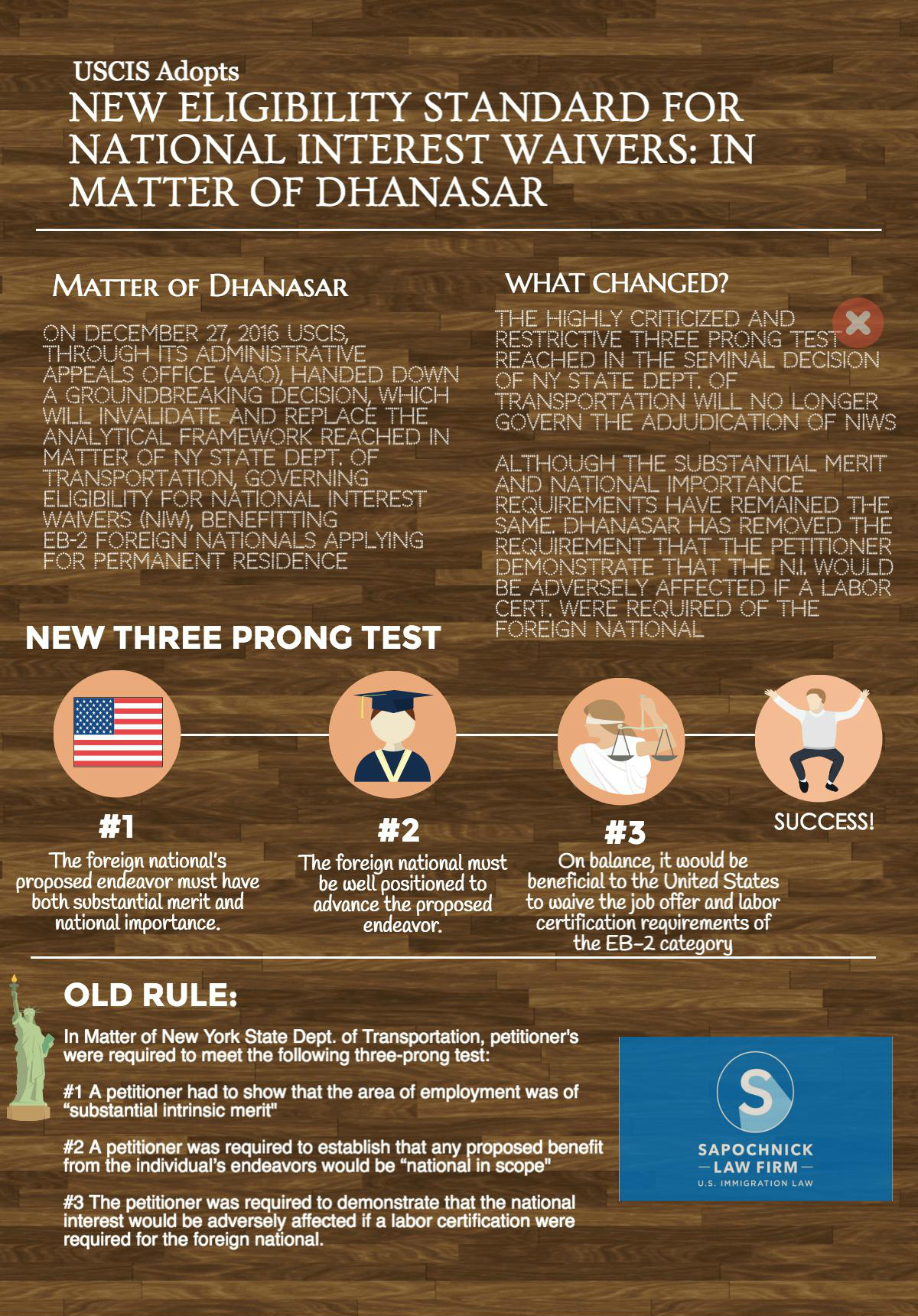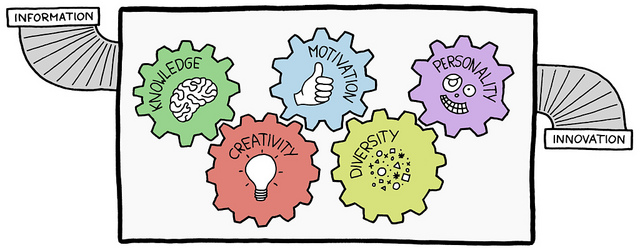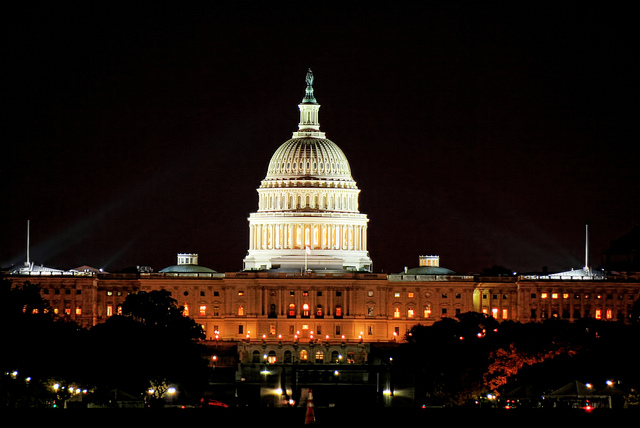
Andrew, a real estate professional and Vice President of a large real estate firm headquartered in Asia, came to our office to discuss the possibility of filing for an EB-2 National Interest Waiver. To receive a national interest waiver, the applicant must demonstrate a high level of achievements and unique skills pertaining to their position to justify a waiver of the requirements of a job offer and labor certification filing.
The challenge in Andrew’s case was the absence of demonstrated achievements in the real estate business, and various non-disclosure agreements the client had signed restricting the documentation he could provide to demonstrate his exceptional ability in the industry, based on the high net worth projects he had worked on in the real estate industry. There were however other strengths that Andrew possessed that would qualify him for the national interest waiver. Andrew possessed a law degree from his home country, a master’s degree in taxation, a master’s degree in real estate from an ivy league university, and he was licensed to practice law in the United States. In addition to possessing these advanced degrees, two of which were received in the United States, Andrew’s career in the real estate sector spanned nearly 21 years.
The difficulty however remained in that Andrew did not have many documents to present to USCIS demonstrating his achievements as an entrepreneur and real estate investor, and the projects he was working on could not be disclosed based on the confidentiality agreements he had signed. Our experienced staff and attorneys decided that the best strategy in Andrew’s case was to highlight his education and vast experience in the industry having maintained high level positions in the industry, leading international real estate teams, heading overseas real estate and property management implementation strategies across various continents, and initiating/implementing domestic real estate acquisition projects totaling more than $4 billion in investment. We are happy to report that our strategy was successful and Andrew’s national interest waiver was recently approved. Here is how we did it.
 Visa Lawyer Blog
Visa Lawyer Blog










